SEE IT IN ACTION
Our acrylic window inserts create a barrier of trapped air to keep cold out and heat in. See why acrylic aces our insulation test!
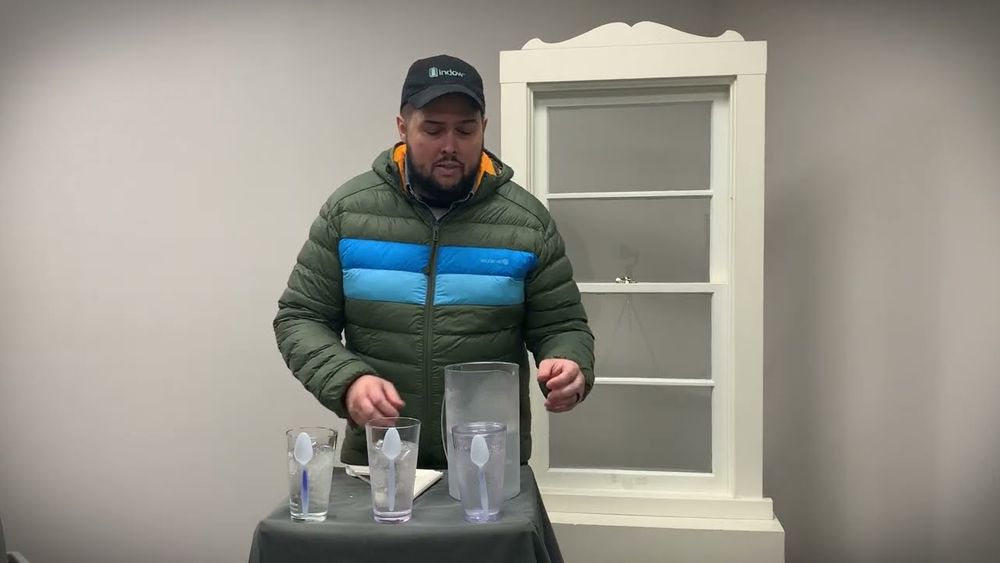
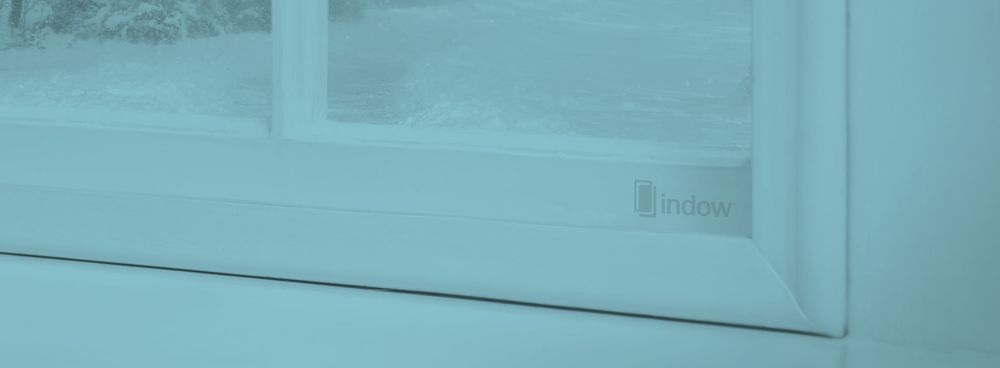
Poorly insulated windows don't just create uncomfortable chills, they also contribute to skyrocketing energy bills. Indow offers the perfect solution: innovative window inserts designed to stop drafts, improve energy efficiency, and enhance your home's comfort all year round.
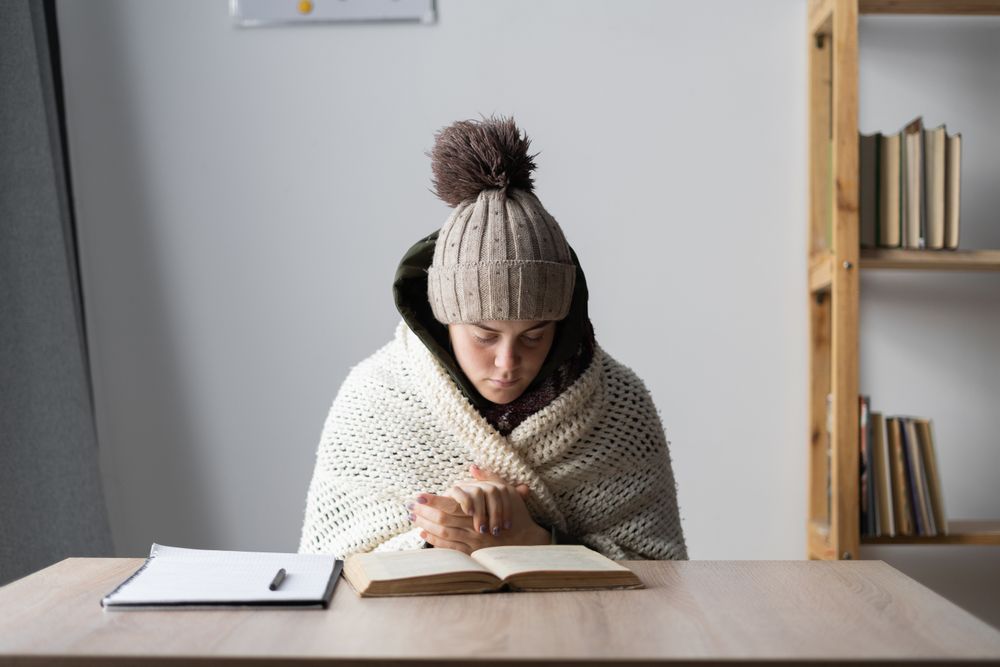
The human body loses most of its heat from the head, hands, and feet. That's why we wear hats, gloves, and heavy socks when we're trying to stay warm in the winter.
Similarly, drafty windows are the #1 source of temperature loss in the home and the leading cause of wasted energy.
The average single pane window lets in a basketball worth of cold air every hour (double pane windows aren't much better!), which is why it can be so difficult to keep your home a comfortable temperature without running the heat all day.
Single Pane
=
A basketball's worth of cold air/hr
Double Pane
=
A softball
Indow + Single Pane
=
A marble
Imagine all that wasted energy just flying out of your poorly insulated windows and creating uncomfortable temperatures, high energy bills, noise pollution, and more.
If you experience any of those issues, that's a sure sign you need better window insulation in your home.
Indow window inserts are a revolutionary solution for insulating your existing windows. These custom-made inserts fit snugly within your window frames, creating a secondary layer of insulation that:
Stops cold air infiltration in winter and hot air intrusion in summer, resulting in a more comfortable living environment.
Reduces heat transfer, significantly lowering your energy consumption by an average of 20% and saving you money on utility bills.
Acts as a sound barrier, reducing outside noise pollution an average of 50%, creating a quieter, more peaceful home.
Our acrylic window inserts create a barrier of trapped air to keep cold out and heat in. See why acrylic aces our insulation test!

Indow window inserts are an incredibly cost-effective alternative to window replacements. When you factor in labor and inconvenience, window replacements can cost over $1,000 per window and still only reduce energy bills by 15%!
You'll also need to coordinate having contractors tear out your existing windows and the disruption to your day-to-day life. To make matters worse, the total costs of window replacements (including labor) aren't a great option for increasing your home's resale value.
Average Percentage Saved on Heating & Cooling Bills
20%
30%
15%
INDOW
REPLACEMENT WINDOWS
Our team of Fit Specialists are available to ensure you get the right product and the right solution for your unique window problems and will make sure you get our best available pricing.
So what are you waiting for? Get in touch with us today and put your window worries behind you.
Your inserts are custom made to your exact window measurements with our proprietary compression tubing, ensuring a nearly airtight seal and backed by our Snug Fit Guarantee.
Your inserts feature premium insulating acrylic that is built to withstand daily use and engineered to perform for the lifetime of your home. Guaranteed to be free from defect by our Lifetime Warranty.
Installation is simple - no tools or modifications to your existing window frames are necessary. Simply slide them into place in seconds and experience immediate results.
Each insert is proudly handcrafted in our Portland, OR facility using materials sourced right here in the USA, which allows us to maintain rigorous quality control and meet our exacting standards.
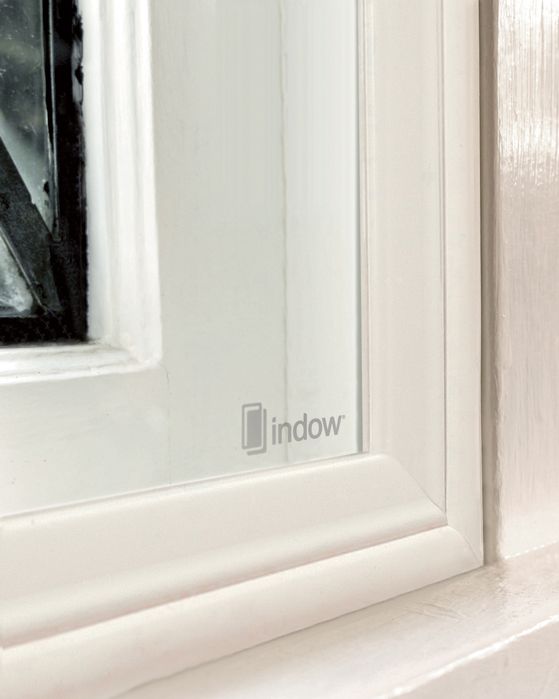
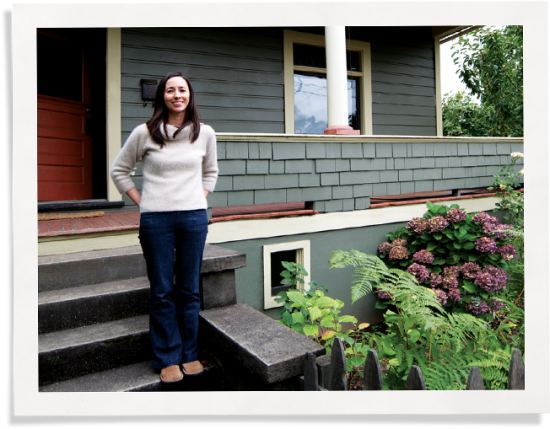
Read what our customers are saying about insulating drafty windows with Indow:
“As soon as they installed the Indow inserts, the chill disappeared. The Indow inserts were the missing piece that made my home both comfortable and energy efficient,” raves one consumer.
Our inserts have even been featured twice on This Old House! Read more case studies on how our Indow window inserts can effectively block drafts to create coziness in your home.
Indow has insulated more than 23,000 buildings - helping reduce carbon emissions by nearly 200,000 tons - and creating comfort across the US & Canada!
Request a Free Estimate. We'll provide you with a preliminary estimate based on your basic window dimensions. It's quick and easy!
Measure your windows with our easy-to-use laser measurement kit. We'll guide you through the simple process, ensuring a perfect fit.
Customize your inserts to match your needs and your aesthetic, with tubing colors that seamlessly blend into your space.
Transform your space with custom-crafted inserts shipped directly to your home, ready to fit perfectly in your windows.
You're one step closer to creating more comfort & quiet in your home.
To receive a customized estimate for your space or learn more about how Indow inserts can improve the comfort, quiet, & efficiency of your home, fill out the fields below.
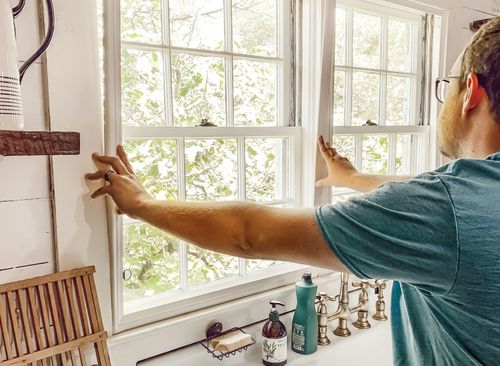
We value safety and privacy. We will never share, sell, or rent your data to third parties not directly related to your purchase or consideration of our products. Read our full policy here.
I ordered the "acoustic grade inserts" for my bedroom to reduce road noise. They work exactly as advertised. Are they soundproofing? NO. Do they reduce noise to acceptable levels? YES. Compared to other solutions on the market (replacement windows, glass inserts etc) this is much more affordable. However, if you are looking for actual soundproofing, you need to spend more money and get something else. As a bonus, the inserts are tight fitting and have reduced drafts.